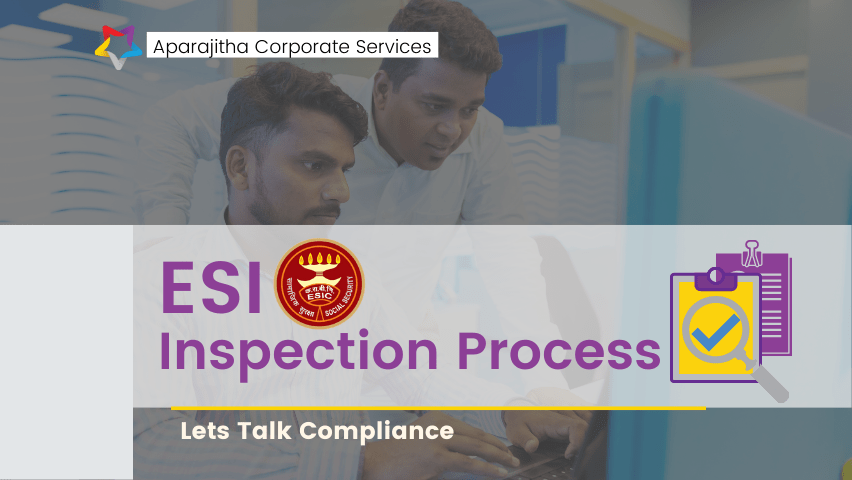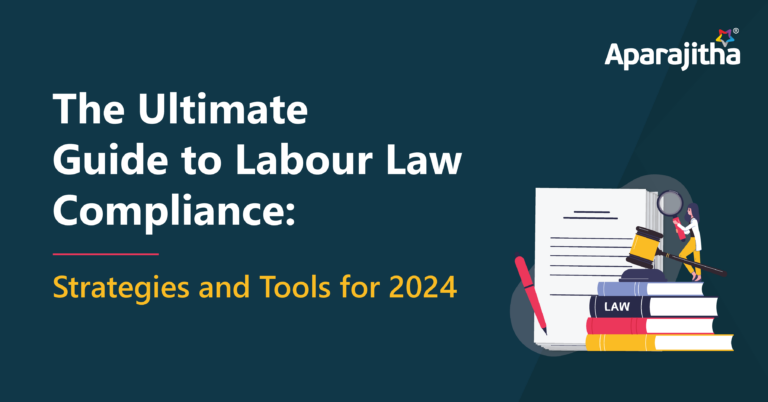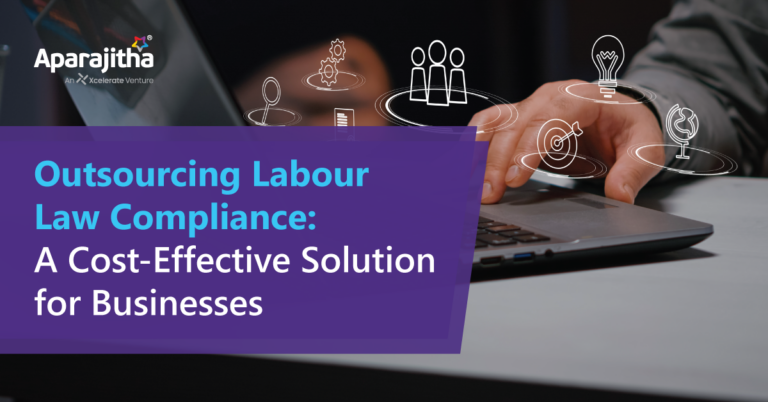ESI- Inspection Process
Earlier, ESI-Inspections were conducted randomly by choosing the establishments and an Authority making a visit independently.
Since 16/10/2014, the inspections are initiated through the Shram Suvidha portal on the basis of LIN (Labour Identification Number) and with the details of the Social Security Officer (SSO).
Earlier, there was no limitation period for inspecting the records, but since 28/01/2020, five years is the limitation period for Inspection.
In the first stage, SSO visits and informs about his plan of inspection period and asks to produce the requisite documents like Annual financial statements, Muster roll, Salary registers, Challans, List of contribution details, payment double verification slips, Ledgers, 194-C list, Bills and vouchers related to third-party vendor transactions and vendors related compliance documents.
The approach of Inspection used to be in two parts.
Part-1: Checking the compliance of regular employees:
Salary registers shall be scrutinized as per the components and the deducted amount from the employee and further tallying with challan values, ensuring that the remittance is made in due time.
Thereafter, the amount booked under the head “Salaries” in the P&L account and total gross wages of the 12 months, shall be reconciled and the values of the non-salary registers booked to be reconciled with like provisions/reversals entries with sufficient substantiation.
Normally, this part may not have more challenges.
Part-2: Various heads of expenses from P&L account:
The authority shall choose the expenditures which are likely to have the labour expenses viz: Repair & maintenance, Other Expenses, Service rendered by Agencies, Legal & Professional fees, Additions of Assets etc.,
These accounting entries are validated with 194-C (TDS deducted list on third party transactions) and finalise the list of contractors.
Further, these contractors are segregated as Supply / Material + labour / Labour contractors on the basis of bills/vouchers and Material + Labour and labour contractors.
Then related compliance documents are scrutinized.
This area is usually a challenging one for every employer to ensure the compliance of these contractors, or else they might end up with sizeable liability. To avoid these liabilities, every employer must take the following precautionary measures:
Ensure to engage contractors with their own ESI codes.
Set the process for contractors to submit the relevant and sufficient compliance documents before releasing payment.
Preserve such compliance records to produce on Inspection.
Any liability found by inspecting authority is notified under C-18 (Actual) and, not finalized values during the Inspection shall be issued under C-18 (Adhoc) notice. The employer shall be given the opportunity to defend with supporting documents that were not produced during SSO Inspection. If not accepted by the SSO then finalized value of commitment shall be announced by the order issued under sec- 45-A, which can be appealed under sec- 45AA with the deposit of 25% of value levied under the 45-A order.
R Gopalakrishnan
Chief Operating Officer
Aparajitha Corporate Services Pvt. Ltd.







